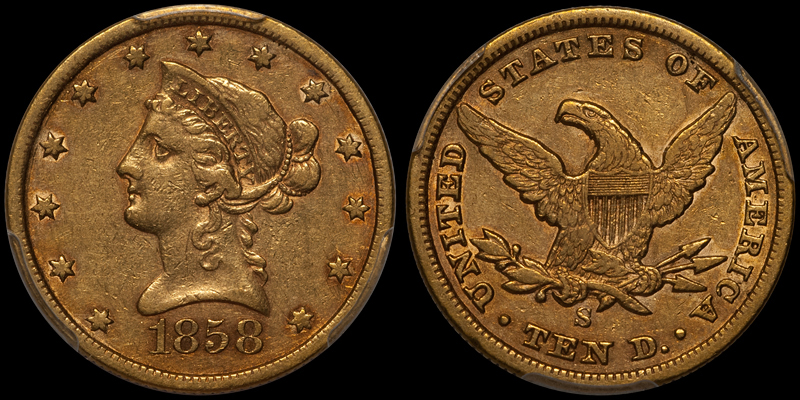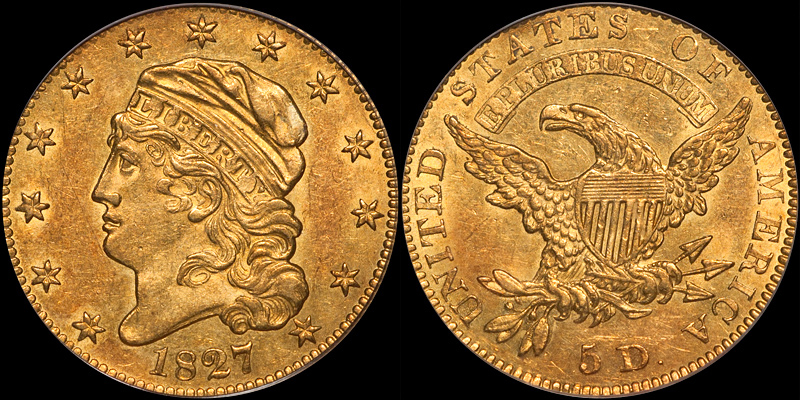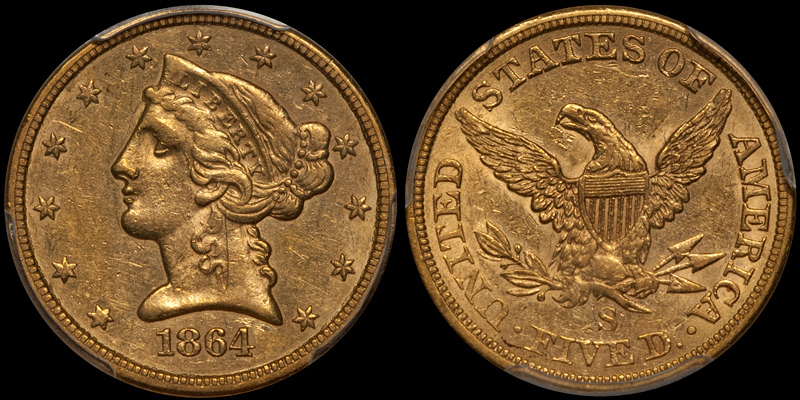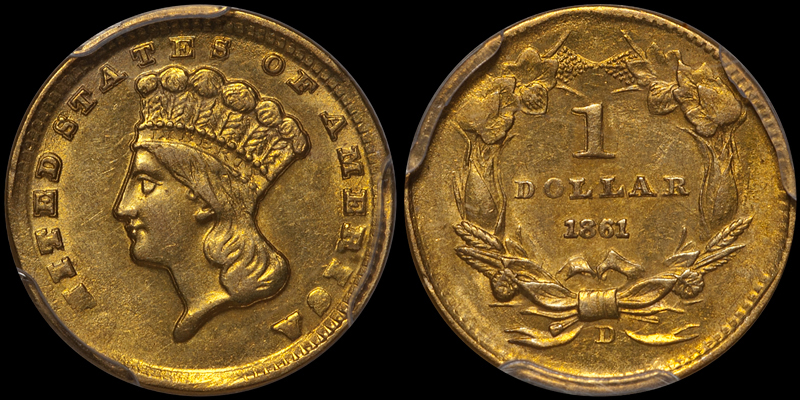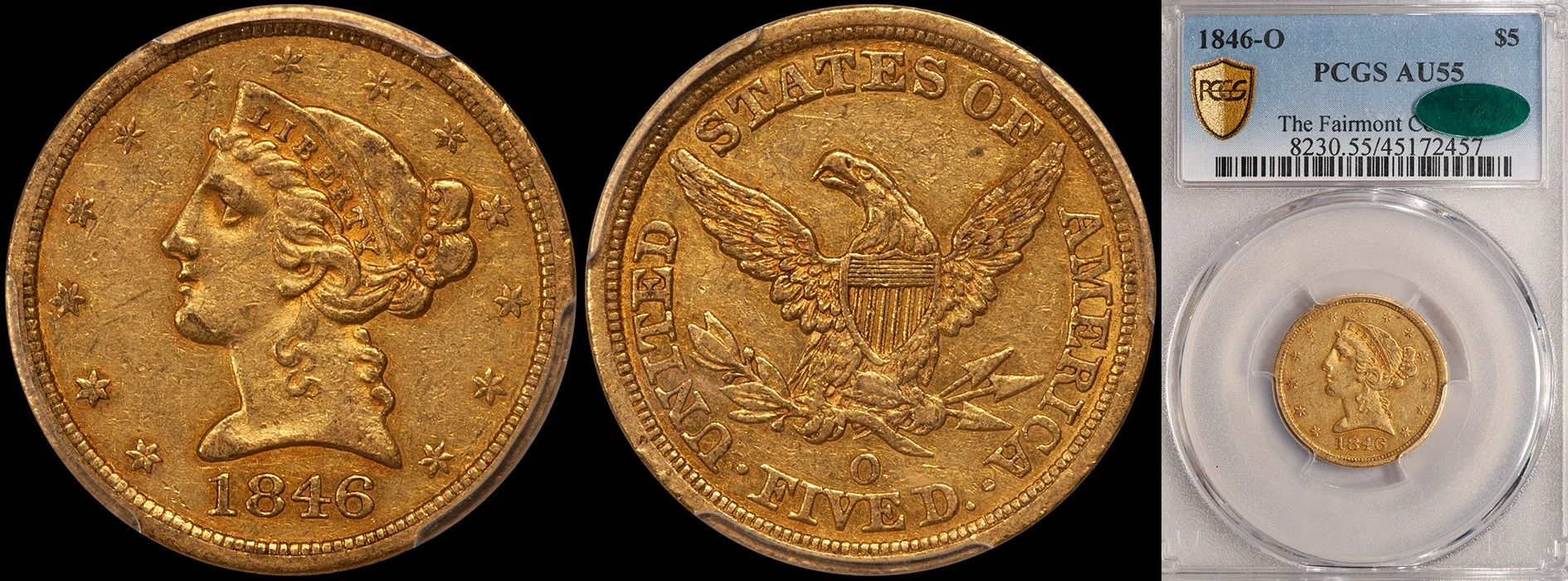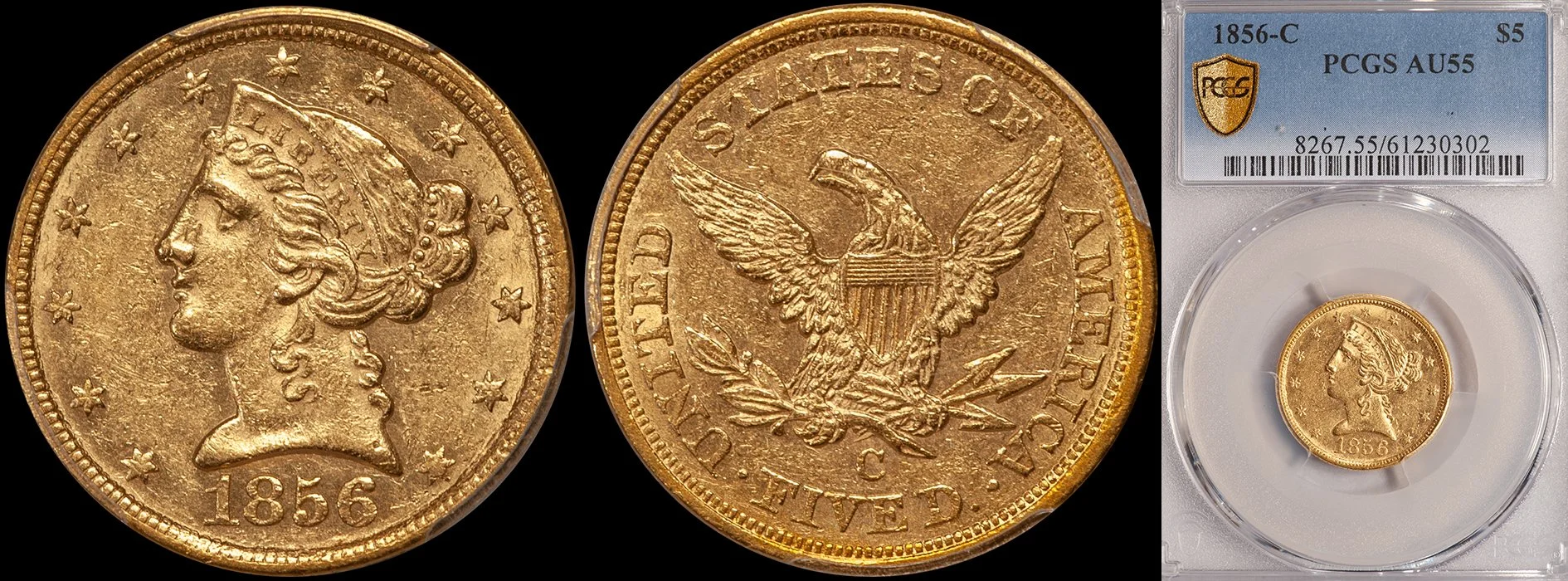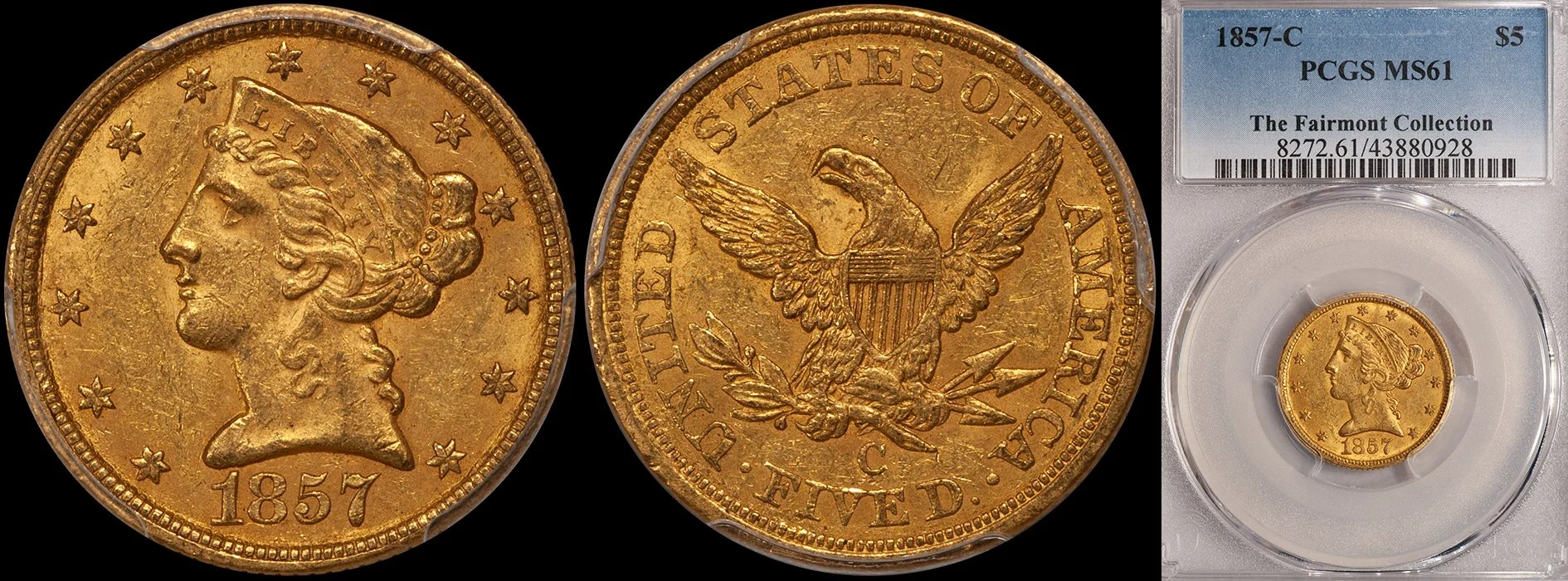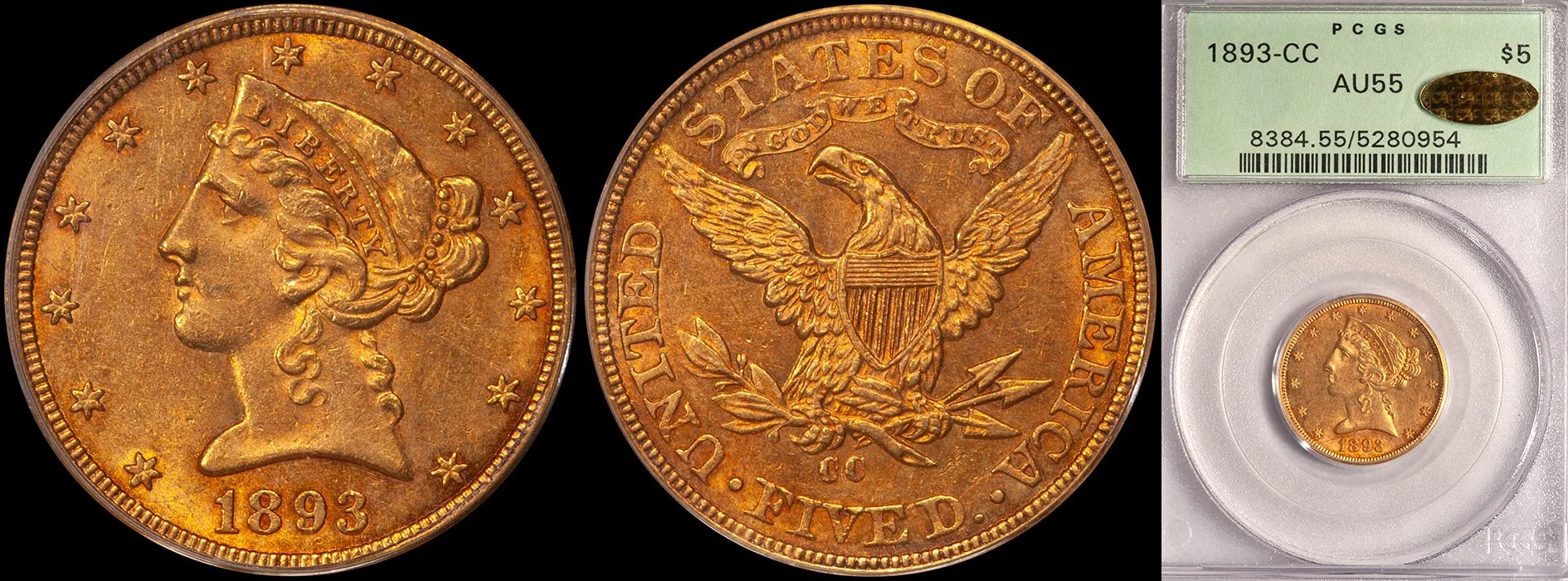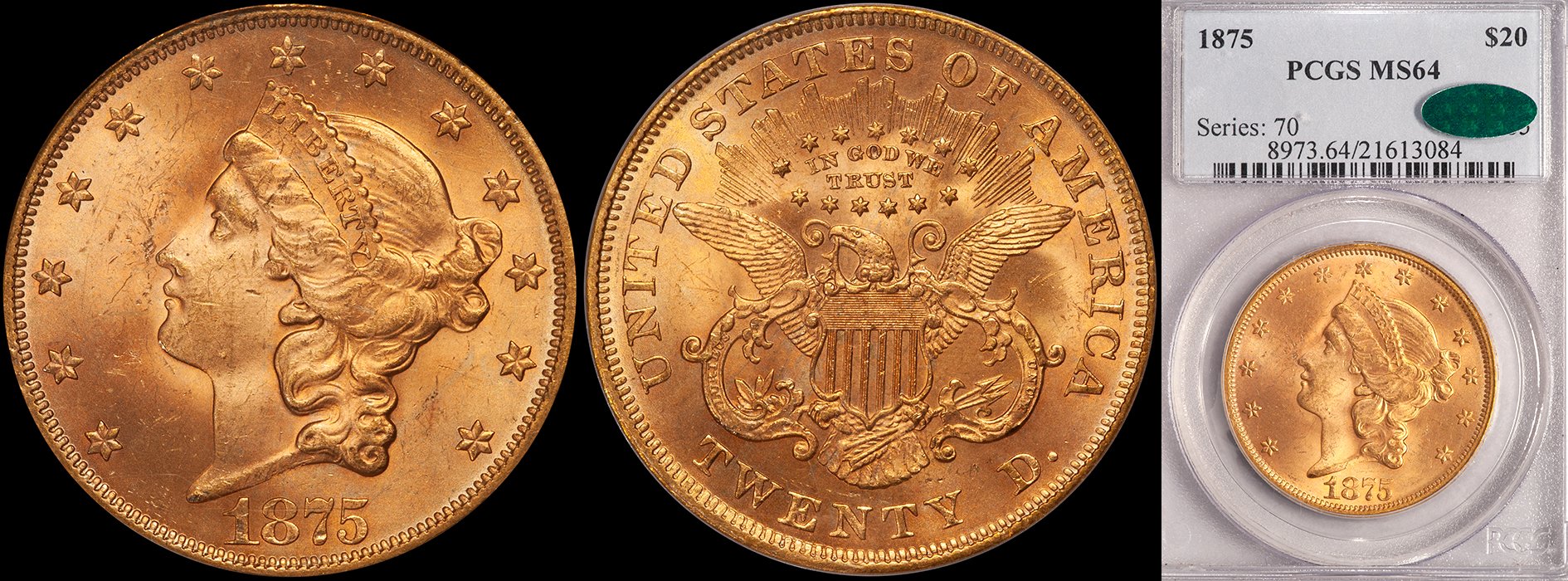What are Coins with Character?
/On the front page of my website (www.raregoldcoins.com) you will see the tagline Coins with Character. This has been the official motto of Douglas Winter Numismatics for many years, and I am often asked by collectors "what are coins with character?" There is no simple answer, but I feel that the coins I sell are blessed with one or more of the following characteristics which makes them special.
Original “Skin” and Choice Surfaces
In most instances, it is not possible to determine if a coin is 100% original as even coins with a “crusty” appearance may have been lightly cleaned decades ago. As a dealer who appreciates coins with an original appearance, I tend to use the descriptive term “original” probably more than I should (perhaps it would be better to call most crusty coins “seemingly original” or “likely unmolested”). But I personally feel such coins have far more character than bright, clearly dipped, or “processed” pieces.
I also like coins with choice surfaces, especially those which are known to come with abundant abrasions. As an example, New Orleans eagles from the 1888 to 1906 era were shipped loose in bags to Europe and nearly all survivors are extensively marked. To me, an 1895-O eagle in MS62 with far fewer marks than usual is a coin with character even though it isn’t a great rarity or an especially valuable issue.
1858-S $10.00 PCGS EF45 CAC
Superb Color
In series like Morgan Dollars, you can have a common $100 1881-S sell for $2,500, $5,000, or even way more if it shows spectacular multi-hued coloration. Gold coins do not tend to show such vivid coloration but every now and then, a United States gold coin will show vivid and indisputably authentic color which may feature hues such as deep orange, red or even purple.
This color is typically the result of an unusual environment for long-term storage, such as a leather pouch (with a high concentration of tannic acids), a particular type of wood coin cabinet, or storage in paper with high sulfuric acid content. If there is proof that the coin was stored in such an environment, all the better.
A coin with character need not have wild reddish leather pouch color. It can be more subtle like an 1840’s Dahlonega half eagle with nice dark, even green-gold color which is absolutely “right” for the date, or a San Francisco eagle from the late 1850’s with rich reddish-orange hues which aren’t enhanced.
1827 $5.00 PCGS AU58 CAC, ex Bass Collection
Significant Pedigree
Due to a proliferation of “special” labels and insignificant provenances, the concept of pedigree has been warped for many collectors. Leaf through the pages of a coin auction and you will see pedigrees that are known to virtually no one except for the (original) owner and perhaps an inner circle of specialists. But important pedigrees are essential to giving a coin a sense of character which a non-pedigreed coin may lack.
In the arena of rare gold coinage, there are a handful of pedigrees which mean something to me. These include: Eliasberg, Bass, Norweb, Pogue, Duckor, Battle Born, Akers, Elrod, Duke’s Creek, and Newman. Other “good” gold coin pedigrees include the S.S. Central America and S.S.Brother Jonathan shipwrecks and institutional collections.
To me, a good pedigree means a number of things. First, if a specific coin was good enough for a great collector like Steve Duckor or Brent Pogue, its likely good enough to be in any important collection which I am working on. Secondly, I can look at an image of a coin in an older catalog (like Norweb) and see how the coin looks in 2015 as compared to its appearance in 1988. Finally, I can compare the grade of a coin in its current holder with how it might have been graded when it was first slabbed by PCGS for the Bass sales in 1999 and 2000.
1864-S $5.00 PCGS EF45
Absolute Rarity
There are essentially two types of rarity. The first is grade rarity and like its name implies this is based on a coin being rare because of its level of preservation. An example of this would be a 1901-S Liberty Head half eagle in MS67; an issue which exists by the thousands in lower Uncirculated grades but which is very rare in mega-grades. An example of an absolute rarity is an 1864-S which is rare in any grade from Very Good to Mint State and for which the population of the total date is likely just two to three dozen.
Any attractive coin which is an absolute rarity is likely to qualify as one with “character.”
To me, a coin which is both an absolute rarity and a grade rarity is the most special. Staying with the 1864-S half eagle, one of my all-time favorite US gold coins is the Norweb/Bass PCGS MS65+ example which is unique in Uncirculated. This coin has superb original skin and surfaces, lovely natural color, a significant pedigree, and every type of rarity in one package.
1861-D $1.00 PCGS MS61
Background History
In my opinion, coins with significant historical association or with numismatic significance are more likely to be candidates for the “with character” classification.
Certain United States gold coins have a great background story. An example is the 1848 CAL. quarter eagle which was struck with gold from the original discovery of ore from the California gold fields. Another example is the 1861-D gold dollar which was conclusively struck by the Confederacy after they seized the Dahlonega mint.
Other gold coins are numismatically significant. Examples of this are the 1838-C and 1838-D half eagles: the very first branch mint issues of this denomination as well as the first gold coin made at the Dahlonega mint in the case of the 1838-D.
These are the sort of coins which have multiple levels of demand and this is another important element of “character.”
Do you want to assemble a collection which contains coins with character? Contact Doug Winter via email at dwn@ont.com to discuss your collecting goals.

